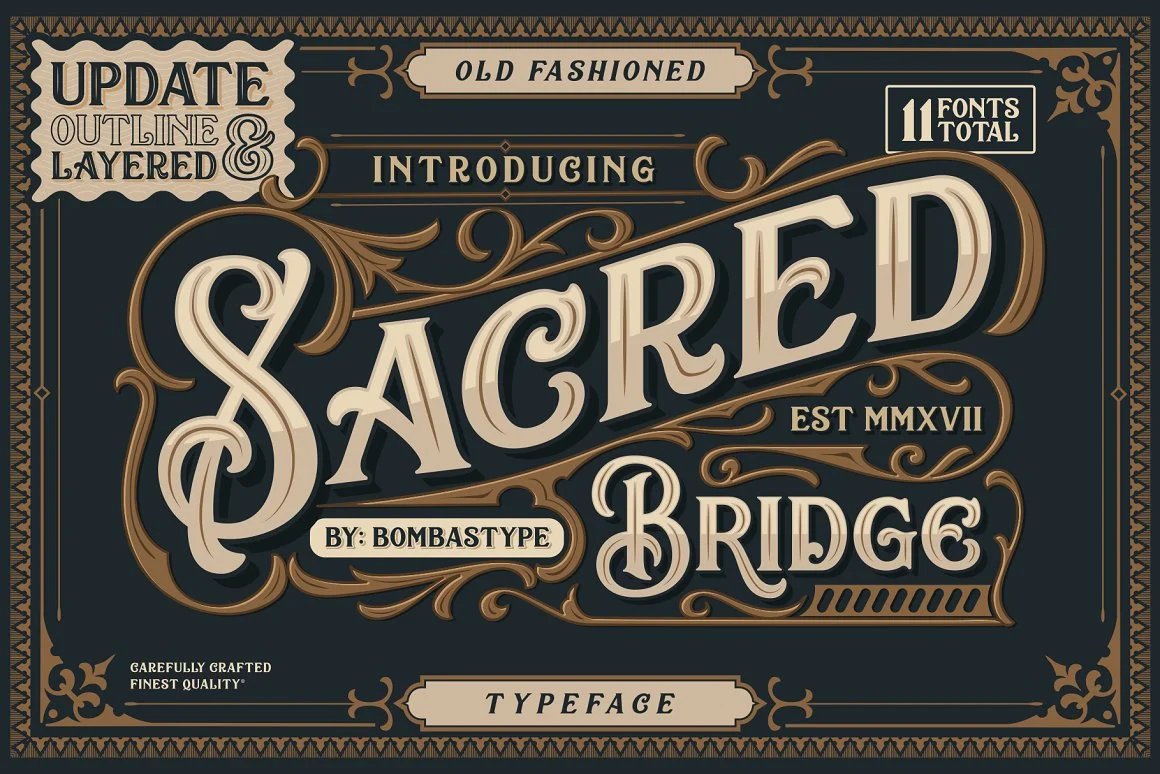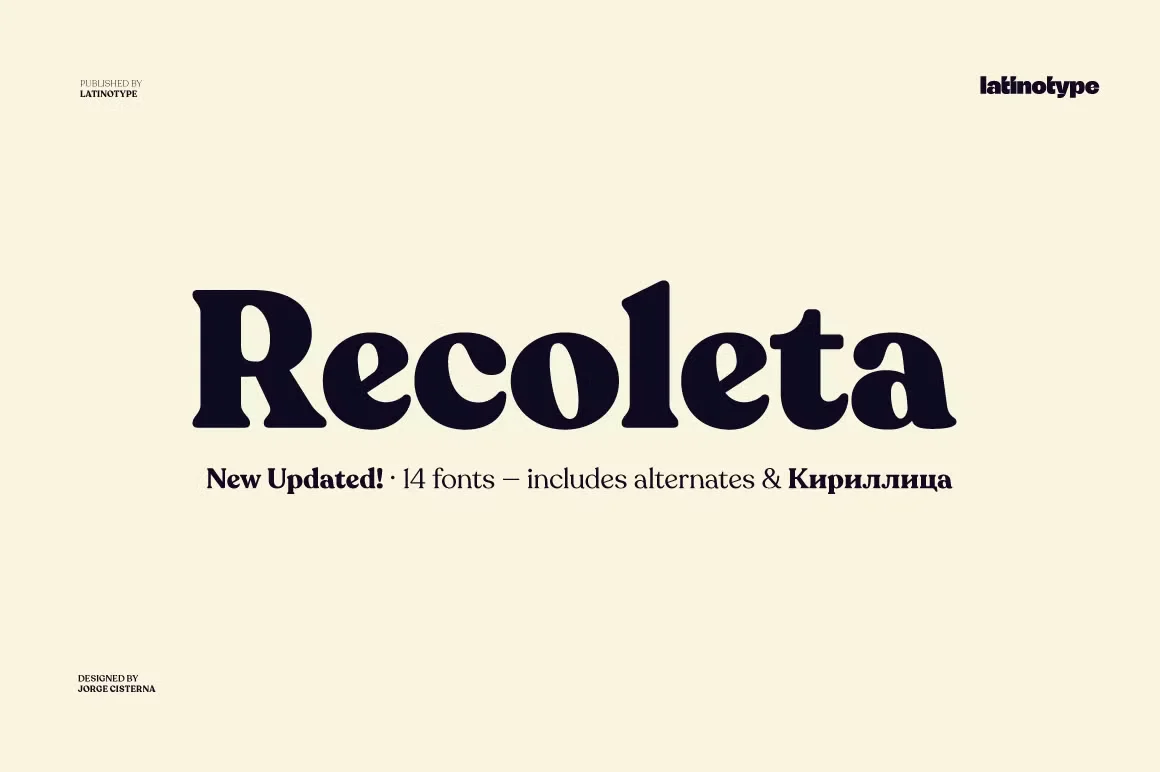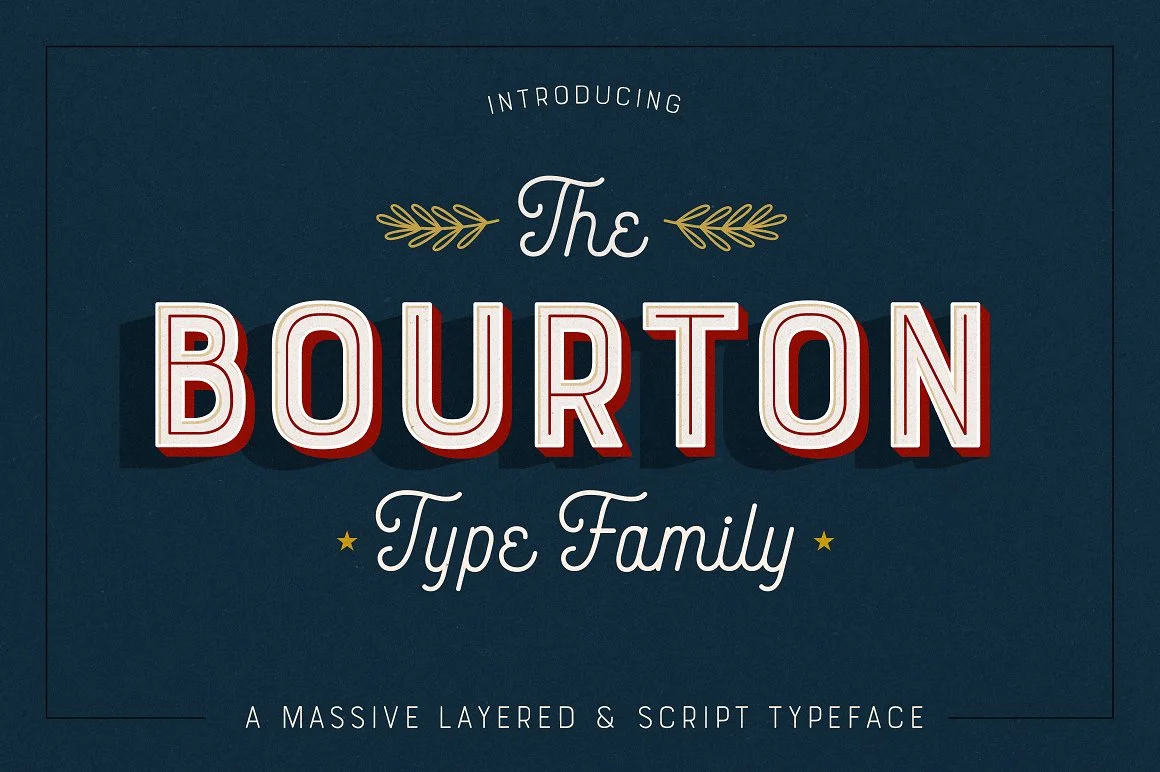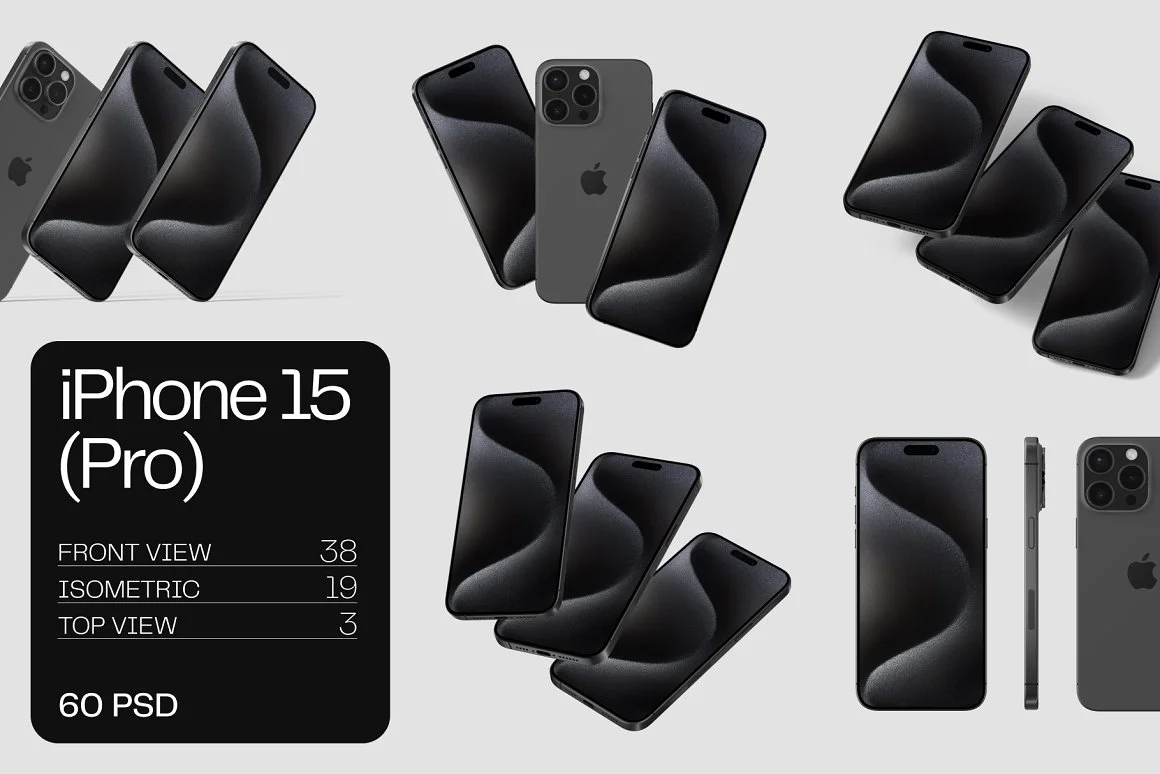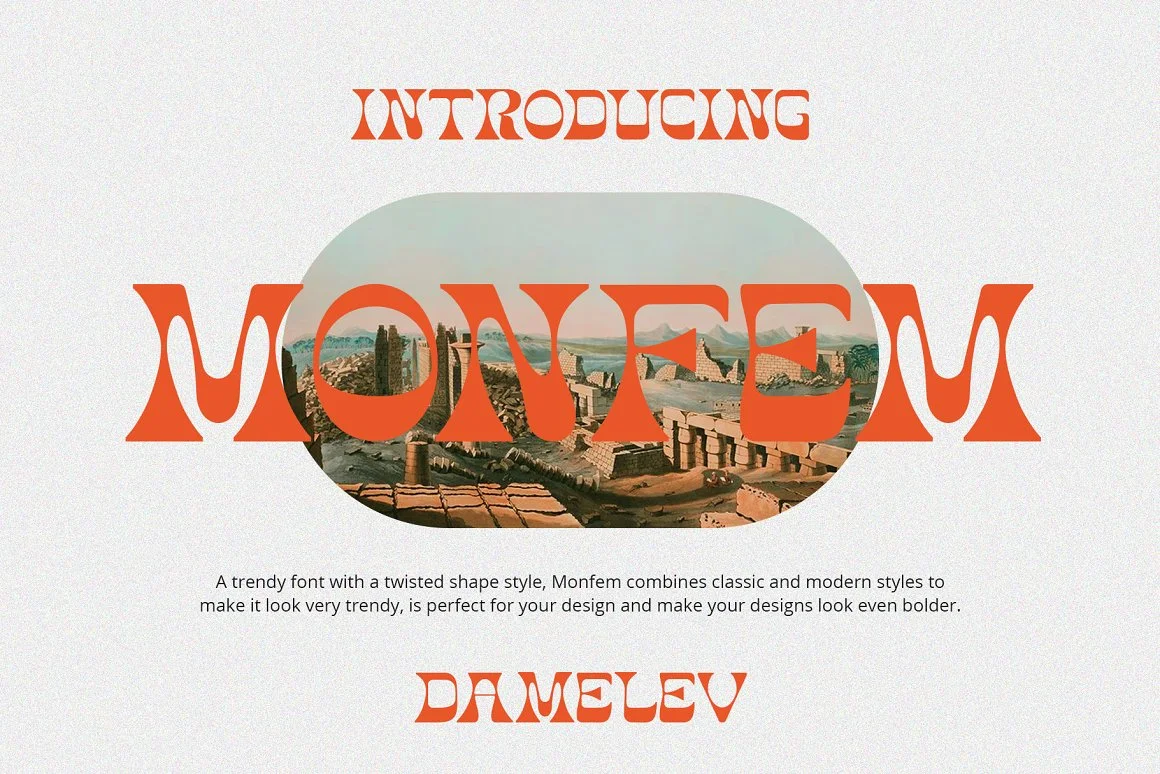Did you know that over 200 bone font families have been created worldwide, captivating designers and typography enthusiasts alike? Welcome to the captivating world of bone fonts! In this article, we’ll explore a unique and visually striking typeface family that draws inspiration from the intricate anatomy of bones. Bone fonts, also known as skeletal typefaces, offer a distinctive and eye-catching design solution for those seeking to add a touch of the extraordinary to their projects.
Key Takeaways
- Bone fonts are a unique typeface family that draws inspiration from the human skeleton.
- These skeletal typefaces feature intricate and captivating bone-like structures, organic curves, and delicate serifs.
- Anatomical lettering offers versatility, allowing for seamless integration into a wide range of design applications.
- Orthopedic typography and calcium calligraphy are terms often used to describe the bone font aesthetic.
- Bone fonts can create a sense of the extraordinary and the unexpected in your design projects.
Also Read More>>> Giftbox Fonts
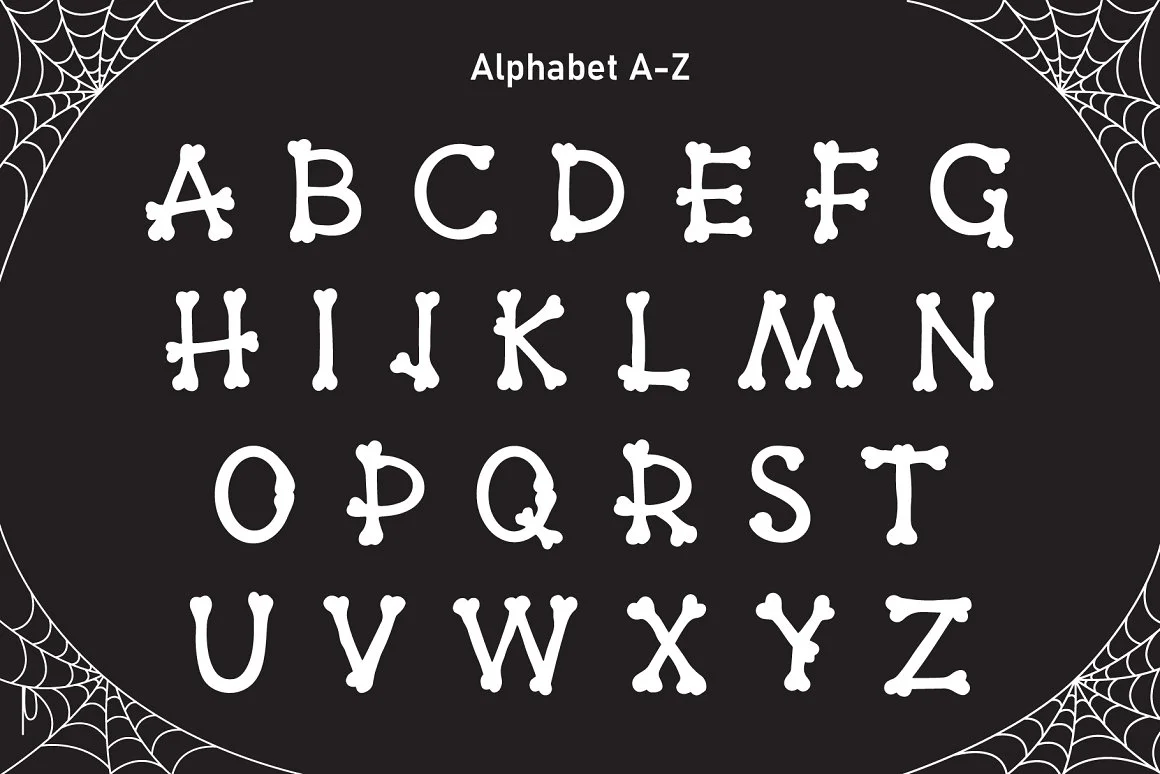
An Introduction to Bone Fonts
Welcome to the captivating world of bone fonts! These unique and visually striking skeletal typefaces have their origins in the intersection of art, design, and medical illustration. Drawing inspiration from the intricate and fascinating structure of the human anatomy, bone fonts offer a distinctive design solution for those seeking to add a touch of the extraordinary to their projects.
The term “bone fonts” refers to a typeface family that seamlessly integrates delicate bone-like structures, intricate serifs, and organic curves into the letterforms. These anatomical lettering styles evoke the natural beauty and complexity of the human skeleton, often capturing the intricate details of orthopedic typography and calcium calligraphy.
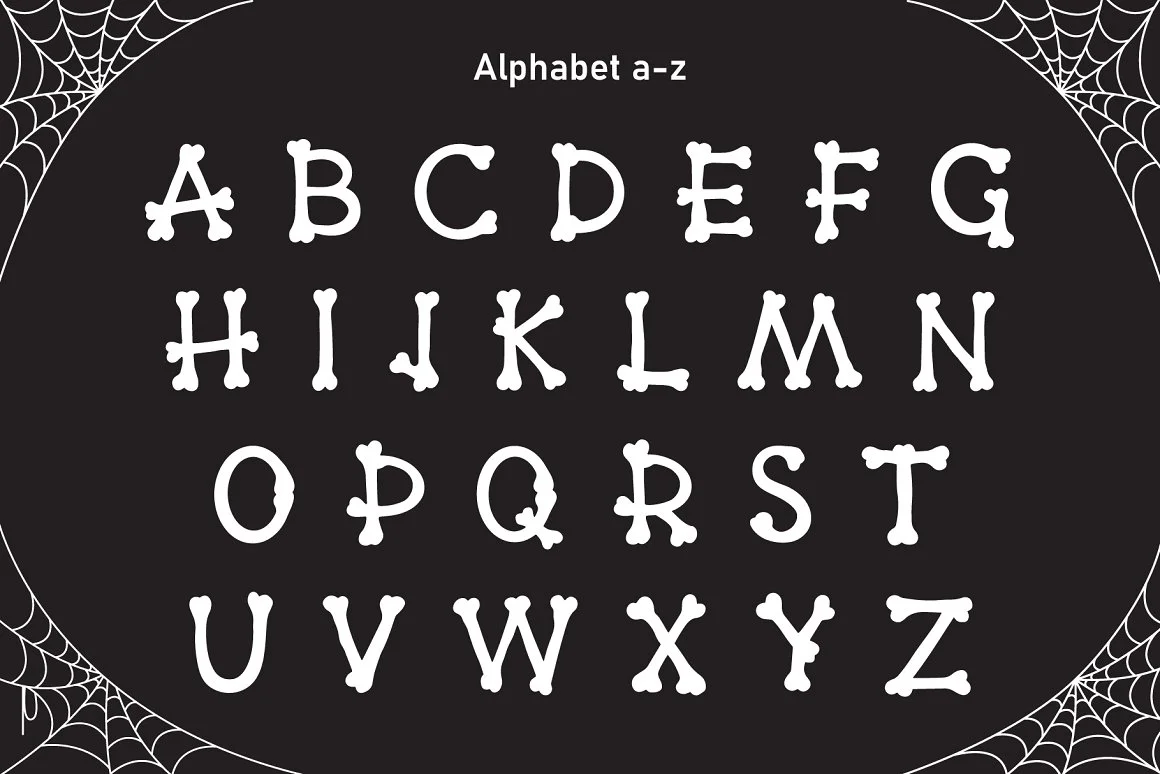
Bone Fonts
Bone fonts, with their intricate and captivating skeletal motifs, seamlessly integrated into the letterforms, offer a truly unique and visually striking design solution. These typefaces often feature delicate bone-like structures, intricate serifs, and organic curves that evoke the natural beauty of the human skeleton. The detailed anatomical elements in bone fonts, skeletal typefaces, and anatomical lettering create a sense of depth and dimension, captivating the viewer and adding a touch of the extraordinary to any project.
The use of orthopedic typography, calcium calligraphy, and osseous alphabets in bone fonts allows designers to infuse their work with a sense of medical and scientific precision, while the marrow-inspired monograms, skeletal serifs, and spinal scripts lend a natural, organic flow to the letterforms. These vertebrae vernaculars seamlessly blend the worlds of art, design, and human anatomy, resulting in a truly unique and visually compelling typeface family.
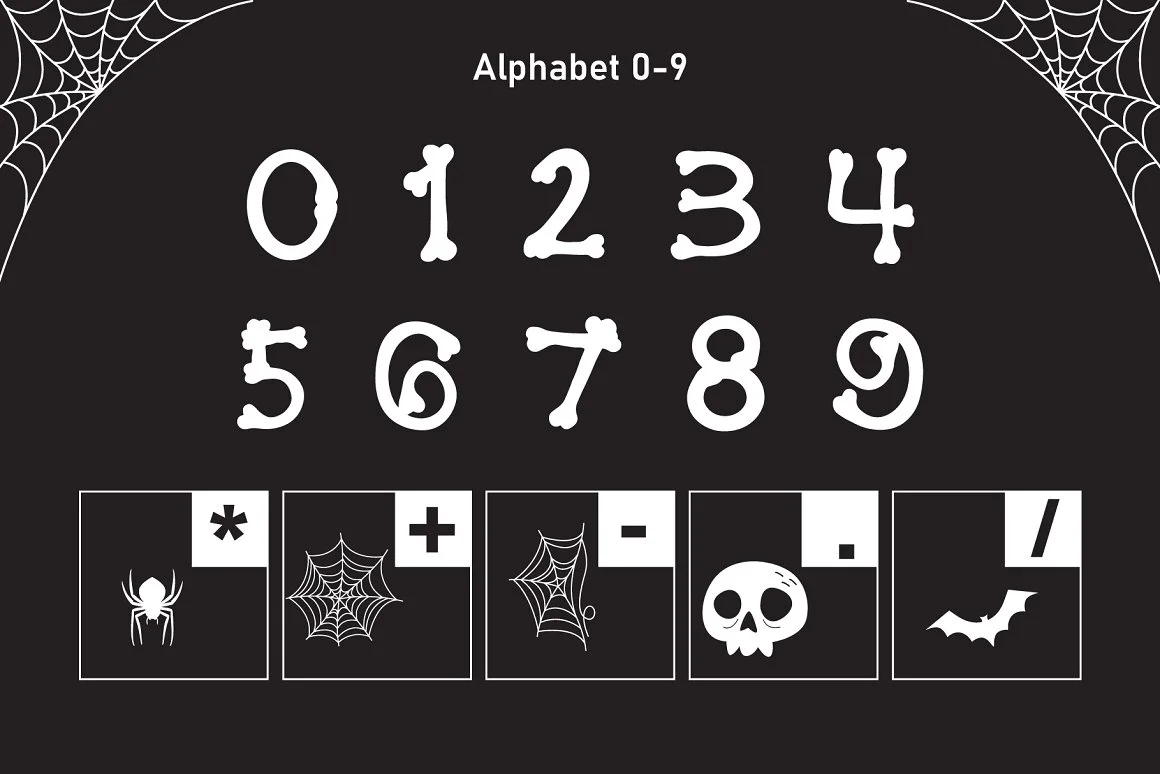
The Versatility of Anatomical Lettering
One of the most compelling aspects of bone fonts is their remarkable versatility. These unique skeletal typefaces can be seamlessly integrated into a wide range of design applications, from branding and packaging to editorial and narrative design. Whether you’re creating a captivating book cover, a striking logo, or an immersive brand identity, anatomical lettering offers a distinctive and visually striking solution that commands attention.
The intricate osseous alphabets and marrow-inspired monograms inherent in bone lend themselves to a diverse array of creative uses. In the realm of orthopedic typography, these vertebrae vernaculars can elevate medical and scientific communication, imbuing technical content with a sense of elegance and sophistication. Similarly, calcium calligraphy can breathe new life into packaging and labeling, transforming everyday products into visual masterpieces that stand out on the shelf.
Beyond the realms of branding and packaging, spinal scripts and skeletal serifs have found a home in editorial design, where their captivating aesthetic can transport readers into immersive narratives or highlight key passages with a touch of the extraordinary. Whether you’re designing a magazine, a book, or a digital publication, bone offer a unique and impactful way to engage your audience and elevate the overall visual experience.



